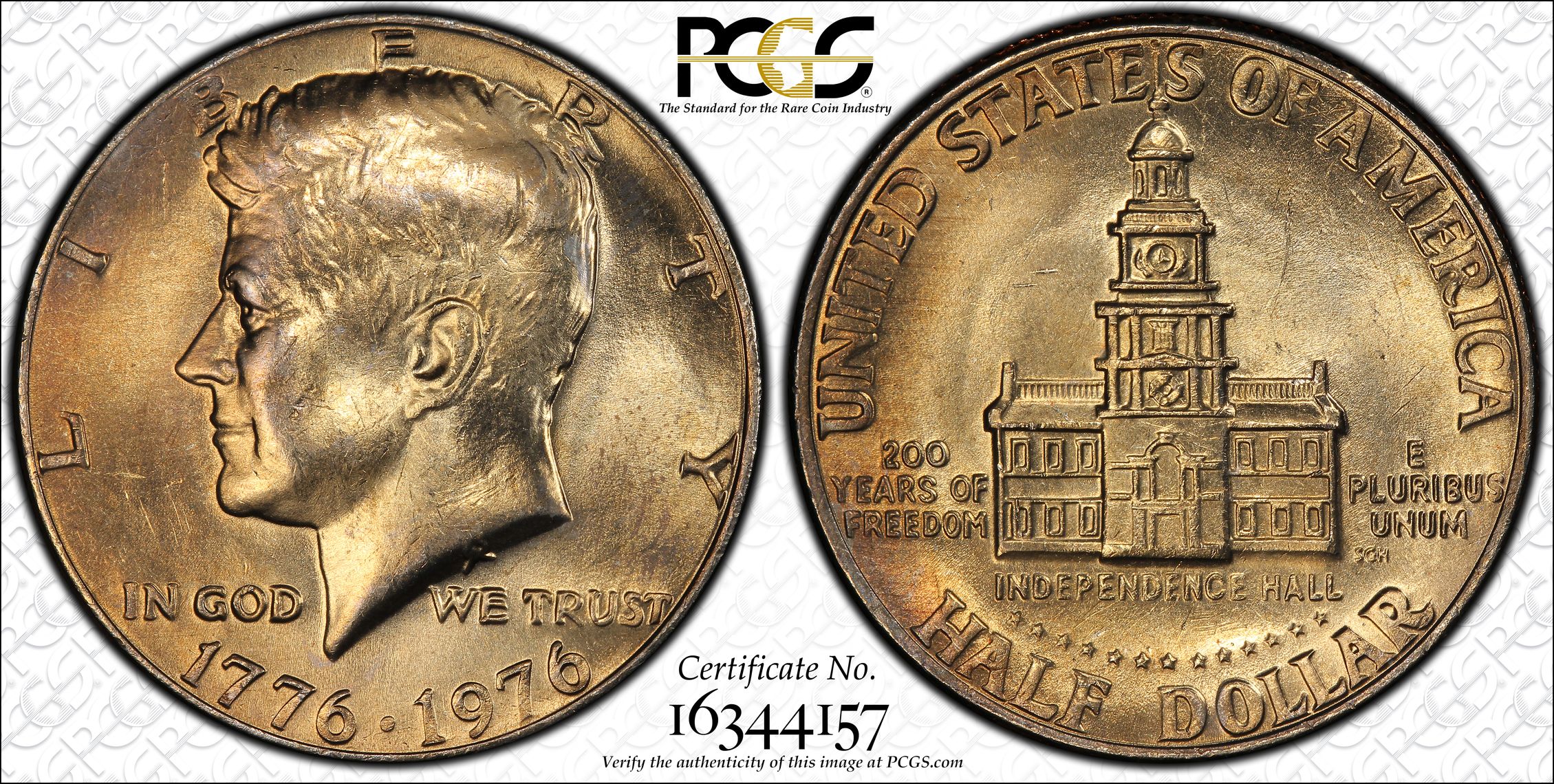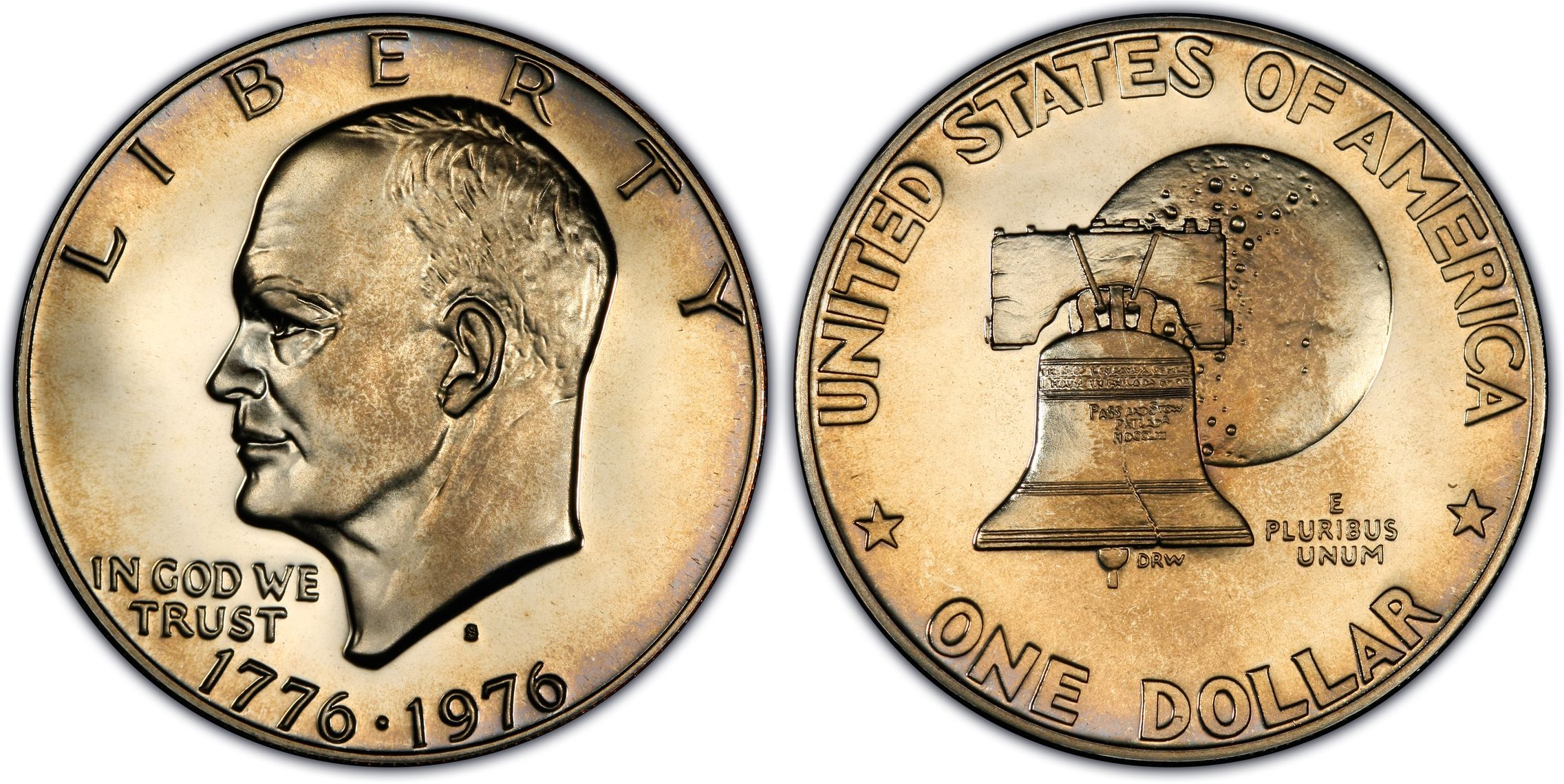Quick Introduction: Grading, which is also called certifying, slabbing, holdering, rating, or encapsulating, is when an independent third party views a coin in person and gives it a numerical grade between 1 and 70 based on its condition. The higher the grade, the more the coin is worth. High grade coins are rarer than low grade coins. Collectors pay more for coins in higher grades. The two most trusted coin grading companies are NGC in Sarasota, FL and PCGS in Newport Beach, CA. Those are the only two companies Coinappraiser.com uses to grade coins.
We Can Assist With The Grading Process
We send tens of thousands of coins out to get graded on an annual basis. Because we do such a large volume of business, the grading services give us better rates and faster grading times than the average submitter. We also have decades of grading experience that we can put to work for you so you know which grading service is the best option or even if grading is the correct decision. We never charge a fee for our time or service. We charge you the exact discounted cost of grading.
Pcgs Certification
Whether you are a coin collector or coin dealer, before you buy a coin online, it is vital to verify its authenticity. That’s where the PCGS Cert Verification mobile app comes in. The Cert Verification App makes that confirmation process much easier and much faster.
- Certification: PCGS Currency. Denomination: $10. FR-1703.KEY NOTE.1934 B Series $10 Silver Certificate.PMG 35 Choice Very Fine. $329.95. Certification: PCGS.
- $1 1957B Silver Certificate mismatched serial numbers PCGS Superb Gem New 67PPQ. 25 bids Ending Feb 9 at 2:40PM PST 7d 11h. Fr-37 $1.00 USN D89461099A PMG #30. 1 bid Ending Saturday at 2:51PM PST 4d 11h. 1899 $1 SILVER CERTIFICATE.BLACK EAGLE. PCGS 30 Fr 235 M1168460A.
- Certificate Program. Our graduate certificates offer students an abbreviated path to a specialization in sustainability. Graduate certificates can be earned in only 12 credit hours (four courses) and are perfect for professionals looking to enhance their skills and expertise, boost career.
- 1831 CERT PCGS F 15 CAPPED BUSTY HALF DOLLAR. NICE ORIGINAL COIN. OVERTON VARIETY 114. Back to home page Return to top. More to explore: 1831 Year PCGS Certified Capped Bust Half Dimes (1829-1837), 1831 Year Capped Bust Half Dimes (1829-1837), 1831 Year Capped Bust US Early Half Dollar Coins (1794-1839).

“the grading services give us better rates and faster grading times than the average submitter”
Please watch our video for a little bit more information about our grading consultation services and how we can help you get your coin graded as highly as possible.

Why Do People Get Coins Graded

Coins are valued based on their rarity and condition. The nicer the condition, the more the coin is worth. If a dealer is selling a coin then he wants the buyer to think the coin is as high grade as possible because then he can charge more. Most collectors don’t have the experience or knowledge to know exactly what a coin will grade. Back in the old days the buyer just had to take the dealer at his word and often times dealers made tremendous profits by misrepresenting the grade of a coin. As you will see below, there can be huge price differences between the same coin in different grades. Coin grading services came into existence in the 1980s. They offer unbiased opinions on the condition of coins. The two largest grading services, NGC and PCGS, have graded almost 70 million coins since they opened about 30 years ago. They don’t appraise the coins or assign them a value. The graders simply give the coins a numerical grade and it is then up the market to decide what the coin is worth.
Not All Coins Are Worth Grading
The most common question we get from first time buyers and sellers is “should I get my coin graded?” There is a very long answer to that question. The short answer is that is just depends on what your coin is currently worth and what it would be worth once graded. Our advice is to only get coins graded if you think the cost of grading is less than how much extra value grading will add to the coin.
Example: You have a 1921 $1 Morgan silver dollar in what appears to be mint state condition. That coin probably sells ungraded for about $30 (assuming silver is at $20 an ounce). Here is what that coin is worth in the following grades if graded by PCGS or NGC: MS60-$35, MS61-$35, MS62-$35, MS63-$45, MS64-$55, MS65-$140, MS66-$575, MS67-$10,000.
In the example above, you are only getting a return on your (at least) $20 grading fee if it grades as a 65 or higher. There is certainly no guarantee you would get a 65 or higher. Obviously if you have the best of the best and get a 66 or 67 then you are getting a tremendous return on your investment. If we send in a group of 100 very nice looking uncirculated 1921 Morgans, we will probably mostly get 63s and 64s, with maybe four to six coins in the 65 and 66 range.
How Much Does Grading With PCGS or NGC Cost?
In order to send a coin to NGC or PCGS you first must pay to be a member of their submission club. Annual memberships start at $39 or $69 and go up from there based on what service level you require. In addition to the paid membership, you also pay a fee per coin. The more valuable the coin is, the more it costs to have it graded. Grading a common coin worth $150 costs $20. Grading a rare coin worth $50,000 costs $125. It is a much better value to get expensive coins graded than it is to get common coins graded. That is why you see most coins worth over $5,000 in grading holders and why you don’t see a lot of low value graded coins. When determining if the cost of grading makes sense you also need to factor in shipping and insurance expenses to get the coin to the grading service and back. Shipping times can be up to one week each way and the grading service will probably have the coin in their possession for at least a couple of weeks. So while sometimes grading can be a great decision, you still want to make sure the time and money involved is going to pay off.
How To Send A Coin In For Grading
If you choose to send a coin in for grading on your own rather than using our assistance then you will want to visit the website of your grader of choice. They will have specific instructions. The basic process is that you:

- Pay To Join A Submission Club
- Fill out the paperwork required to identify the coin and provide an insurance value
- Package the coins according to the grading company’s standards
- Include a check or credit card info to pay for the grading
- Send the coins into the grading company
- The grading company has the coins for a least a couple of weeks
- You get the coins returned to you and they are now in a plastic holder with their assigned grade
Getting A Coin Graded Doesn’t Automatically Make It Worth More
Pcgs Cert Verification Tool

The biggest misconception about grading is that grading a coin makes it automatically worth more than if it were ungraded. As an example, if you have a nice looking XF barber quarter, it doesn’t become worth more just because PCGS calls it an XF 40 and puts it in a holder. All that does is make the coin easier to sell. There are certain extreme levels where a coin gets an especially high grade and it is suddenly worth much more than if it was ungraded. However, the majority of coins are graded just so the buyer and seller can comfortably agree to a value based on prior sales prices of coins in the same grade.